Manaslu Trek Permits 2025: Your Complete Guide to Costs & Rules
Manaslu Trek Permits 2025: Your Complete Guide to Costs, Rules & How to Apply
The Manaslu Circuit Trek winds through one of Nepal’s most breathtaking and culturally rich landscapes — remote Himalayan villages, ancient monasteries, and the towering 8,163-meter Mount Manaslu. But unlike Everest or Annapurna, this region is a “restricted area,” meaning access is tightly controlled by the Nepali government.
That means: you cannot trek Manaslu alone, and you cannot buy permits yourself.
If you’ve heard conflicting information about costs, group rules, or whether you really need a guide — you’re not alone. This guide cuts through the confusion. We’ll break down the three essential permits, explain the 2025 costs by season, clarify the mandatory rules, and show you exactly how the process works — so you can plan your dream trek with confidence.
Why Are Manaslu trek Permits 2025 Special?
Manaslu lies near the Tibetan border, in a sensitive ecological and geopolitical zone. To protect local culture, preserve the environment, and ensure trekker safety, the Government of Nepal classifies it as a Restricted Area.
This status means:
- Independent trekking is illegal.
- All trekkers must be part of a group of at least two people.
- A licensed Nepali guide must accompany you at all times.
- Permits can only be arranged through a registered trekking agency in Kathmandu or Pokhara.
While this adds structure (and cost), it also ensures a safer, more sustainable, and culturally respectful experience.
The Three Essential Permits for the Manaslu Trek (2025)
1. Restricted Area Permit (RAP) – The Core Permit
This is the most important — and variable — permit. Issued by the Department of Immigration, it grants legal entry into the Manaslu region.
2025 Cost Structure:
- Peak Season (September 1 – November 30): $100 USD for the first 7 days + $15 USD per additional day
- Off-Season (December 1 – August 31): $75 USD for the first 7 days + $10 USD per additional day
✅ Important: The “7 days” refer to time spent inside the restricted zone (from Jagat to Bhimtang). Most trekkers spend 10–12 days in the zone, so expect to pay for 3–5 extra days.
2. Manaslu Conservation Area Permit (MCAP)
Managed by the National Trust for Nature Conservation (NTNC), this permit funds conservation efforts in the Manaslu region.
- Cost: ~$30 USD (NPR 4,000)
- Validity: Entire duration of your trek
- Season: Same price year-round
3. Annapurna Conservation Area Permit (ACAP)
Although Manaslu is its own region, the standard trek exits through the Annapurna Conservation Area** (via Dharapani, Besisahar). Therefore, you need ACAP as well.
- Cost: ~$30 USD (NPR 3,000)
- Where to get it: Same agency that handles your RAP
4. Local Government fee at Jagat
This is new updated rule (Updated October 2025) for Manaslu Trek, the local government authority is raising aprox $7 USD (NPR 1000) per person at Jagat for walfare and development of the region.
- Cost: ~$7 USD (NPR 1,000)
- At Jagat
Clear manaslu trek Permits Cost 2025
Breakdown
| Permit Type | Cost (Sept–Nov) | Cost (Dec–Aug) | Notes |
|---|---|---|---|
| Restricted Area Permit (RAP) | $100 USD (7 days) | $75 USD (7 days) | + $15/$10 per extra day |
| MCAP Permit | ~$30 USD | ~$30 USD | Flat fee |
| ACAP Permit | ~$30 USD | ~$30 USD | Flat fee |
| Local government authority fee | ~$7 USD | ~$7 USD | Flat fee |
| Estimated Total (10-day trek) | ~$175–$190 USD | ~$145–$160 USD | Includes 3 extra RAP days |
Note: These are permit costs only. They do not include guide fees, agency service charges, or transport.
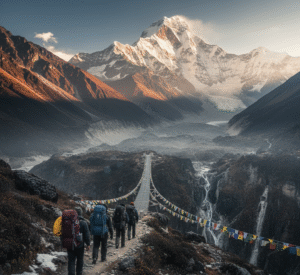
The “How-To” Guide: 3 Mandatory Rules You Must Follow
Rule 1: You Must Use a Registered Trekking Agency
You cannot apply for Manaslu permits yourself. Only agencies registered with the Nepal Tourism Board (NTB) and Department of Tourism can submit applications. Your agency will:
- Collect your passport copy and photos
- Submit paperwork to immigration and conservation offices
- Issue your permits before you leave Kathmandu
⚠️ Avoid “unregistered” operators — they may use fake permits, risking fines or deportation.
Rule 2: Minimum of Two Trekkers Required
Nepali law states: “No single trekker shall be allowed in restricted areas.” You must travel with at least one other person. This can be:
- A friend or partner
- A group tour (most common)
- Paired with another solo traveler by your agency
Rule 3: A Licensed Guide Is Non-Negotiable
Your guide must hold a Government of Nepal Trekking Guide License (not just a “local helper”). They carry your permits, navigate the trail, assist in emergencies, and ensure you follow local rules. Their presence is checked at multiple checkpoints (Jagat, Lho, Samdo, etc.).
Bonus: Tsum Valley Permit (For Extended Treks)
Many trekkers extend their journey into the mystical Tsum Valley, a sacred Buddhist valley north of Chumling.
This requires an additional Restricted Area Permit:
- Tsum Valley RAP: $50 USD (7 days) + $10/day extra
- Same rules apply: 2+ trekkers, licensed guide, registered agency
Adding Tsum Valley increases your total permit cost by ~$50–$70 and adds 5–7 days to your itinerary.
Frequently Asked Questions (FAQ)
Can I trek Manaslu without a guide?
No. It is illegal. The Nepali government requires a licensed guide for all trekkers in restricted areas like Manaslu.
How much do Manaslu permits cost in total?
For a standard 14-day trek in 2025:
– Peak season (Sept–Nov): ~$175–$190
– Off-season (Dec–Aug): ~$145–$160
This covers RAP, MCAP, and ACAP only.
Can I get Manaslu permits in Pokhara?
Permits are issued in Kathmandu only (Department of Immigration). However, a registered agency in Pokhara can coordinate the paperwork on your behalf if you provide documents in advance.
Do I need to carry my permits every day?
Yes. Checkpoints at Jagat, Philim, Lho, Samdo, and Dharamsala will inspect your permits and passport. Keep them in a waterproof pouch.
Are children required to have permits?
Yes. All foreign nationals, regardless of age, need full permits.
Can I apply for permits online?
No. Applications must be submitted physically by a registered agency in Kathmandu. Some agencies accept digital documents, but the process is not fully online.
How long does it take to get permits?
If your agency has all documents, permits are usually ready in 1–2 working days.
What documents do I need?
– Clear scanned copy of passport (valid 6+ months)
– 2 passport-sized photos (or digital photo)
– Confirmed itinerary and agency agreement
Can I enter Manaslu from the Tibetan side?
No. The trek is only permitted from the Nepali side (Soti Khola). Cross-border trekking is not allowed for tourists.
Is the ACAP permit really necessary?
Yes. Since the standard Manaslu Circuit ends in Dharapani (within the Annapurna Conservation Area), ACAP is mandatory. Skipping it risks fines at the Besisahar checkpoint.
Final Tips for a Smooth Permit Process
- Book with a NTB-registered agency (ask for their license number)
- Send passport copies at least 1 week before arrival
- Verify your permits in Kathmandu before departure
- Never pay for “guaranteed solo trekking” — it’s a scam
Permits Protect the Journey
While the Manaslu permit system may seem complex, it exists to protect one of the Himalayas’ last pristine corridors. By following the rules, you’re not just complying with the law — you’re helping preserve Manaslu’s culture, wildlife, and trails for future generations.
With this guide, you’re fully equipped to navigate the process, budget accurately, and focus on what matters most: the awe of standing beneath the shadow of Mount Manaslu.
Need help finding a trusted agency? We vet and recommend ethical, local operators who prioritize safety and sustainability. Contact us for a free consultation.
Share this content:


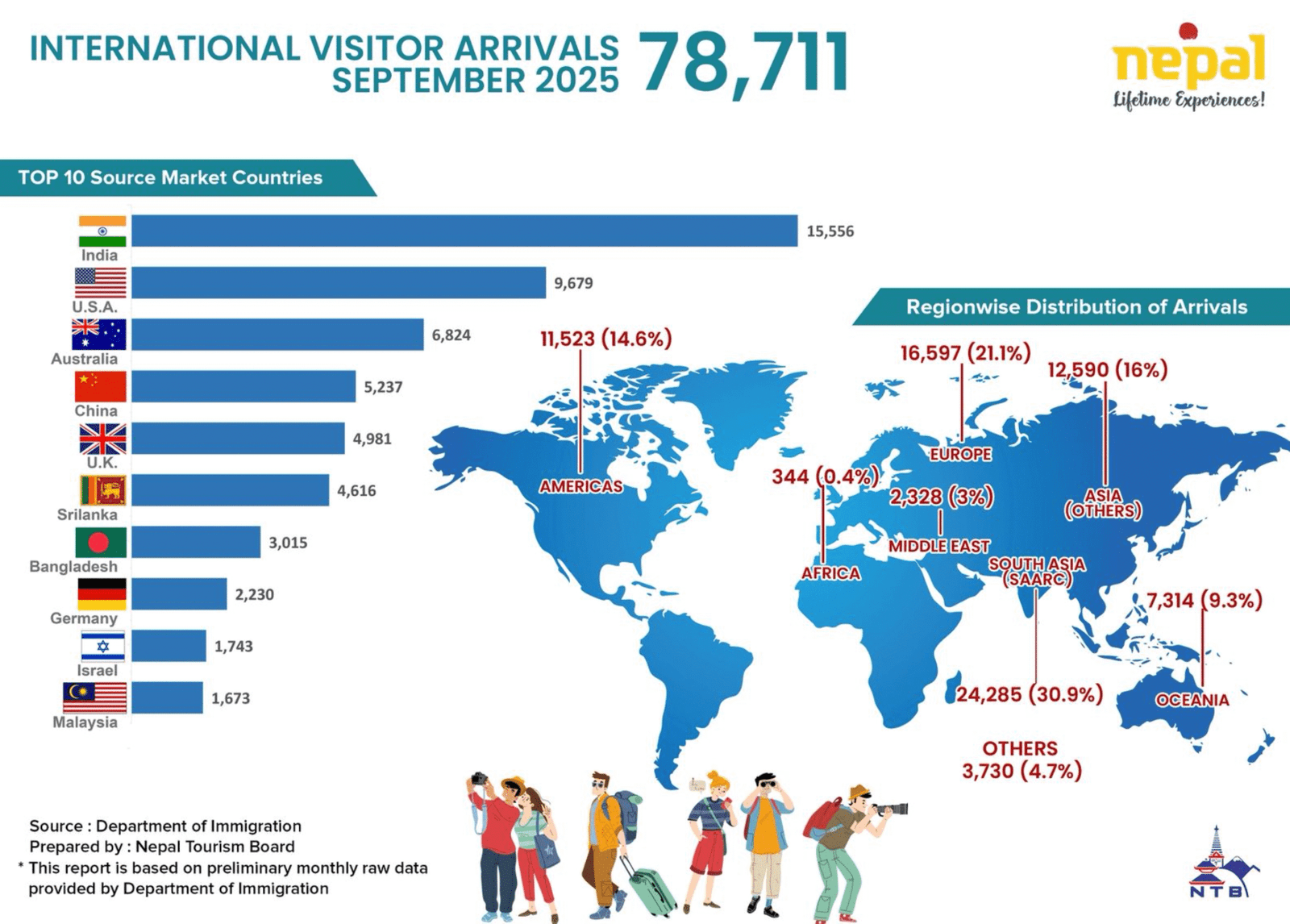

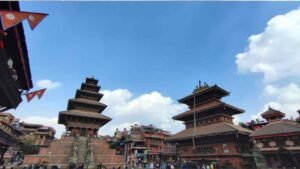
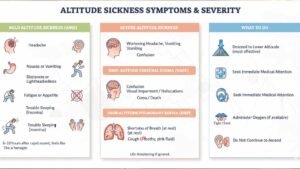
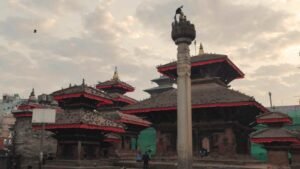
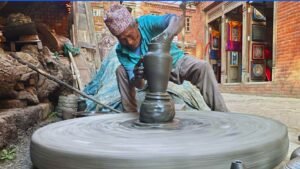
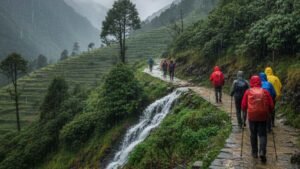
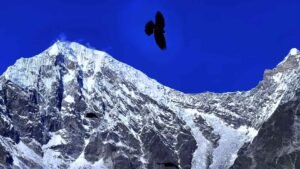
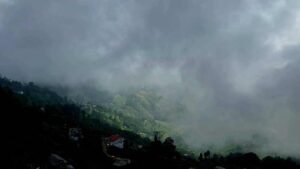

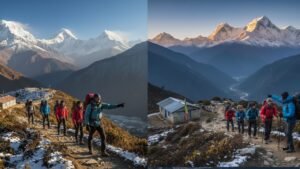
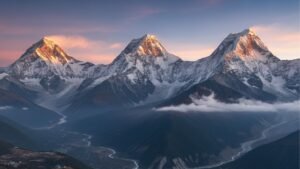
Post Comment